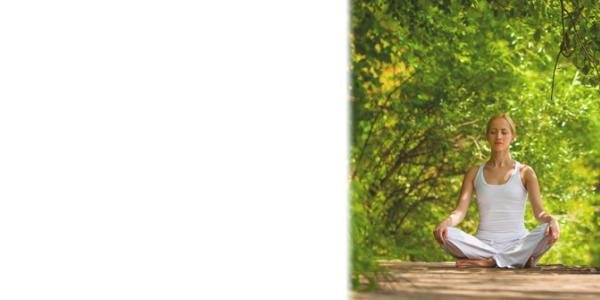
It also hopefully means that we have a bit more time to focus on some new, healthy habits. Try incorporating these habits into your daily routines and see how you feel in the next few weeks.
1-Minute Tip: Ease into meditation. Meditation has become increasingly popular and recommended as something that every individual should be incorporating into their daily routine. But it’s hard to calm the mind, and it’s especially hard to do so for minutes at a time if you’re new to it. Try a breathing meditation to start with for just one minute. Breathe in for five seconds, hold for three seconds, and breathe out as much as you can—and repeat. Do this as many times a day as you can, or increase the time each day or week.
5-Minute Tip: Buy new sneakers/running shoes. If you’re avid runner, or even an every-other-day walker, your shoes need to be replaced after a certain number of miles. If not, you could be at risk for foot, ankle, and knee pain or even injury. Find an athletic shoe store that can test your gait as you walk or run, so that they can suggest the best type of shoe for you.
15-minute Tip: Wind down before bed for more quality sleep. Hopefully our schedules get less hectic during the summer months, giving us some more time to focus on quality sleep. One out of every three people isn’t getting enough sleep, which is 7-9 hours per night. Create a new bed-time routine—one that doesn’t include looking at electronic devices before nodding off, as the light emitted from these devices creates disturbances in sleep.
30-Minute Tip: Learn how to become CPR certified. Sudden cardiac arrest is the leading cause of death in the United States, and if there is a bystander available to provide CPR immediately, it can double or triple a victim’s chance of survival. Take a class to become certified. Once you’ve done that, you can download the PulsePoint app to your cell phone—this app notifies CPR-trained individuals who are in the immediate vicinity of someone who needs CPR—as well as directs them to the location of the closest Automated External Defibrillator (AED).
This article first appeared in the June 2017 edition of the HealthPerks newsletter.

